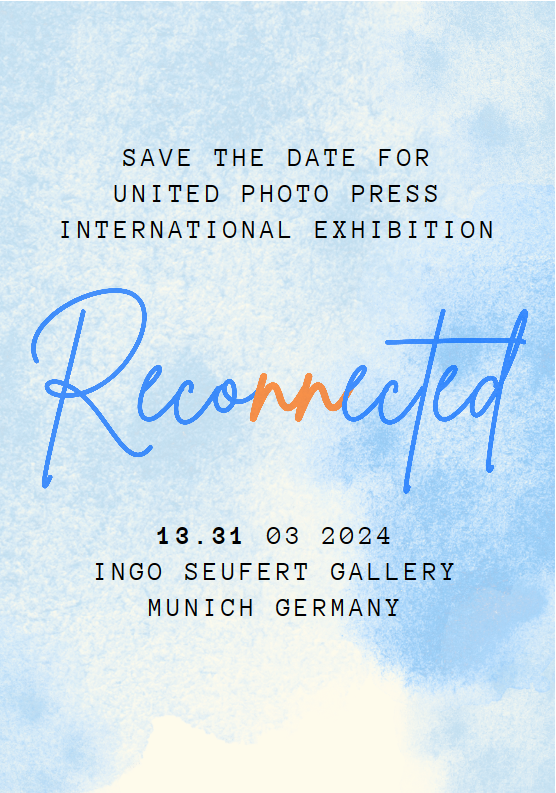The legendary Houston socialite Lynn Wyatt likes to describe her couture gowns as “old friends.” The sentiment refers to her penchant for re-wearing the same custom outfits on multiple occasions — and the fact that many of the dresses were designed by close friends. This week, Wyatt, 80, will auction off 17 of her most iconic couture outfits from the ’70s, ’80s, and ’90s — including designs by Chanel, Valentino, Yves Saint Laurent and Givenchy — on Paddle8. A portion of the proceeds will go to benefit the Rothko Chapel in Houston.
“I was going to donate them to a museum,” Wyatt says of her gowns, “because they are in pristine condition. I take care of my things.” Wyatt, who describes her own style as “class with a bit of dash, and no trash,” says her interest in fashion developed through osmosis. She’s the granddaughter of the founder of the Sakowitz department store chain, where she convinced her father to let her work as a salesgirl while she was in high school. The auction includes the first couture outfit that Wyatt ever purchased: a classic, 1970 black Chanel bouclé skirt suit. Wyatt’s husband — the oil mogul Oscar S. Wyatt Jr. — “loved Chanel,” and encouraged her to have some pieces made. During an early fitting in Paris, she recalls meeting Coco Chanel herself — ever so briefly. “She popped into the room and looked at me, and said, ‘Oh, so you’re the Texan?’ I said, ‘Yes ma’am.’ She shook hands, and was out the door.”
Wyatt says she favors couture because it makes her feel at ease. “When it’s made to measure, it fits so perfectly,” she says. “You just go out the door and you forget about yourself. I do, anyway.” As a result, she says she doesn’t spend much time agonizing over what to wear. “I don’t decide until the minute I’m going to wear it.” She rarely remembers what she wore to a particular event, but she does recall a compliment bestowed by her longtime friend Bill Blass at a black-tie dinner. “He came up to me and said, ‘You know, you happen to have my dress on backwards,’” Wyatt remembers. “And I said, ‘I know that, because I want it lower in the back and a high neck in the front.’ He looked me up and down and said, ‘You sure look great, babe.’ It was so funny. It was a shock that I did it on purpose, I guess.”
In addition to Wyatt’s cherished couture, the auction also includes an array of art, including Andy Warhol prints, photographs by Robert Mapplethorpe and an assortment of books and catalogs of Mark Rothko’s work, donated by his family. From her personal collections, Wyatt is including three of Yves Saint Laurent’s “Love” prints — sent as New Year’s cards between 1970 and 2000 — as well as a signed monograph by Helmut Newton, another old friend. (Wyatt’s house in River Oaks has a notorious Helmut Newton-themed powder room, filled with books and photographs. “People go into this guest bathroom, and they stay there for 20 or 30 minutes,” Wyatt says.) Wyatt’s close friends have also donated a number of delightful novelties — from Bono’s Rick Owens leather jacket to a pair of Versace sunglasses from Elton John’s personal collection, and a custom Prada trunk that appeared in “The Grand Budapest Hotel,” donated by Wes Anderson. Tilda Swinton — who received the Rothko Chapel Visionary Award in 2014 — opted to donate something a bit more experiential. “She called me and said, ‘I want to read someone a bedtime story over Skype,’” Wyatt says. “She is so special.”
The Collector: Lynn Wyatt is open for bidding through February 29 at paddle8.com/lynnwyatt.








